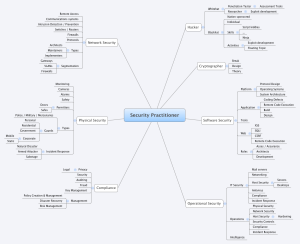If you talk to someone about using Bitcoin as a payment technology your surely going to hear about how governments are classifying it as an asset and not a currency and what the corresponding tax implications are.
While I think the current tax situation is unfortunate and hope this trend changes I don’t think this is the largest issue (just look at the sales online retailers are seeing despite this change as a proof point). In-fact there is so much slop in the payments system it might even be reasonable to cover the tax implications through the efficiency improvements Bitcoin can bring to the ecosystem.
I think the larger issues are in-fact that the incentive models for the incumbents are such that it’s not likely they will be the ones driving this change.
Just consider that we have been using technology known to be grossly insecure for card-present transactions for over twenty years and even though viable alternatives exist they have not been adopted.
That despite the massive shift to online sales these incumbents have not presented the market a payment solution designed to work well for the Internet.
The rational for not doing so makes sense; when you are the incumbent you resist change as it has potential to weaken your position and the costs of the security issues (as long as measurable) can simply be passed on to the merchant as long as the buyers keep buying.
Simply put they have little incentive to change.
Despite this change is on the horizon; as more and more goes online the relevance of card present transactions diminish (link to retail buying trends) the world also becomes a smaller place and these incumbents start to face competition from governments with their own payments infrastructure like in Singapore and other countries.
This means customers are starting to have choices and as such there is a prime opportunity to see a seismic shift in the way these incumbents look at their businesses.
This shift may provide the impetus to the incumbents to modernize and address these competitive risks. One way that modernization could manifest would be through their own adoption of a virtual currency like Bitcoin or acquire the new entrants with solutions in these space; for example:
- Payment processors could go out and buy large private mining concerns as their role is in Bitcoin is essentially the same.
- Card Networks or issuing banks might go out and buy online wallets like BitGo and Blockchain.
- Acquiring banks could go and buy payment providers like CoinBase and BitPay.
Regardless of how such a migration happens the use of a virtual currency as a foundational payments technology has the potential to reduce the number of entities involved in each transaction making transactions more secure and cheaper. If embraced by the incumbents in the payment ecosystem this could even align with their logical view of the world.


